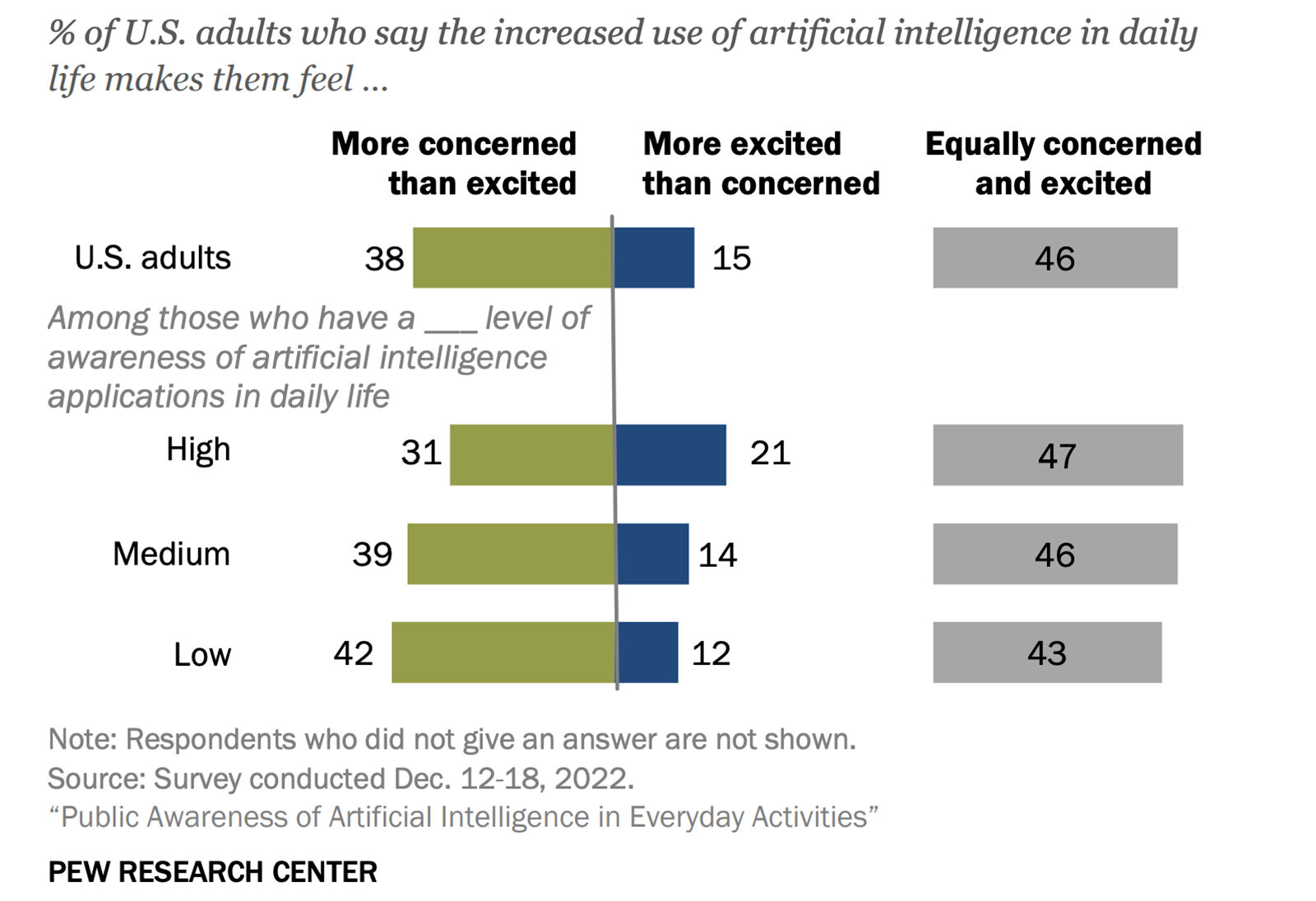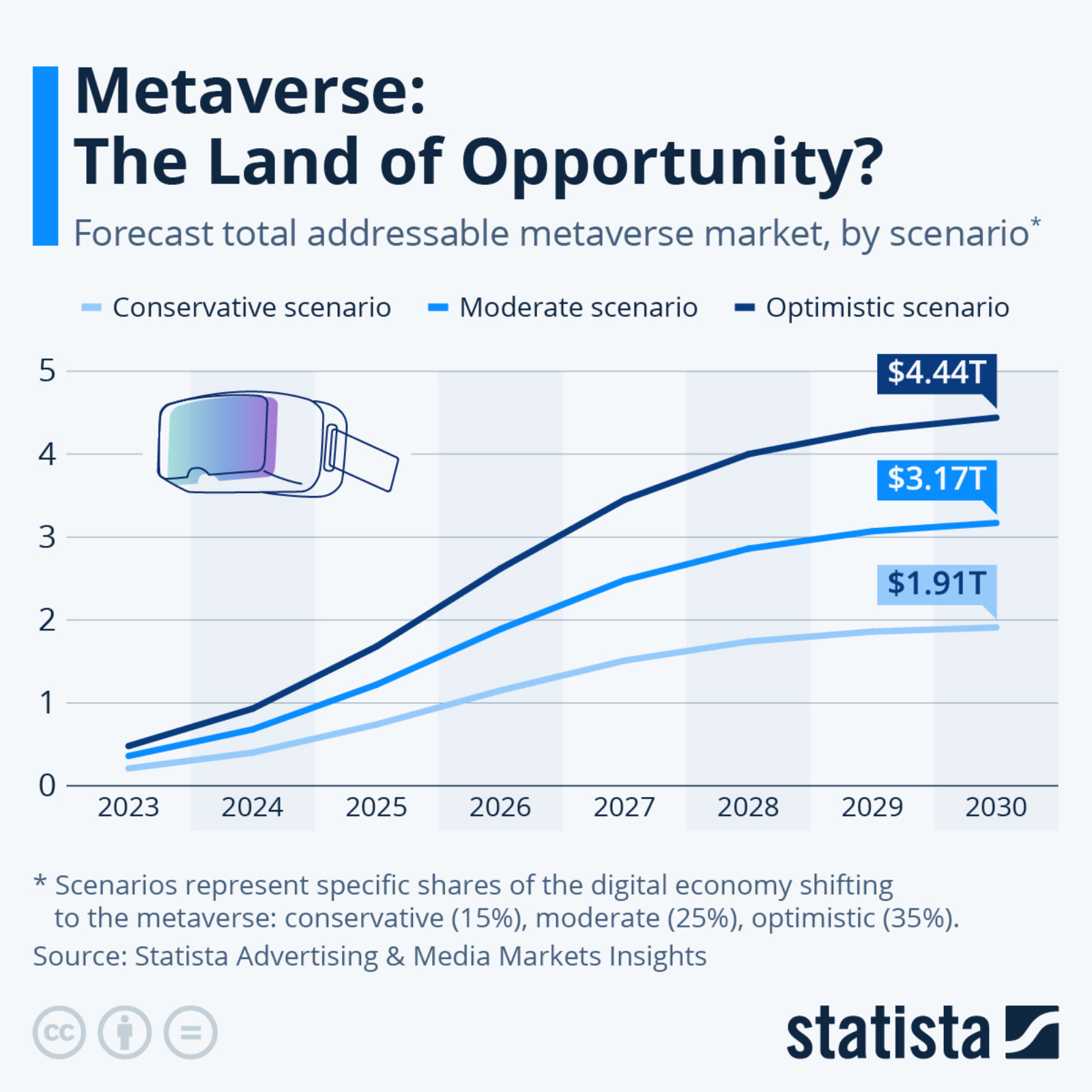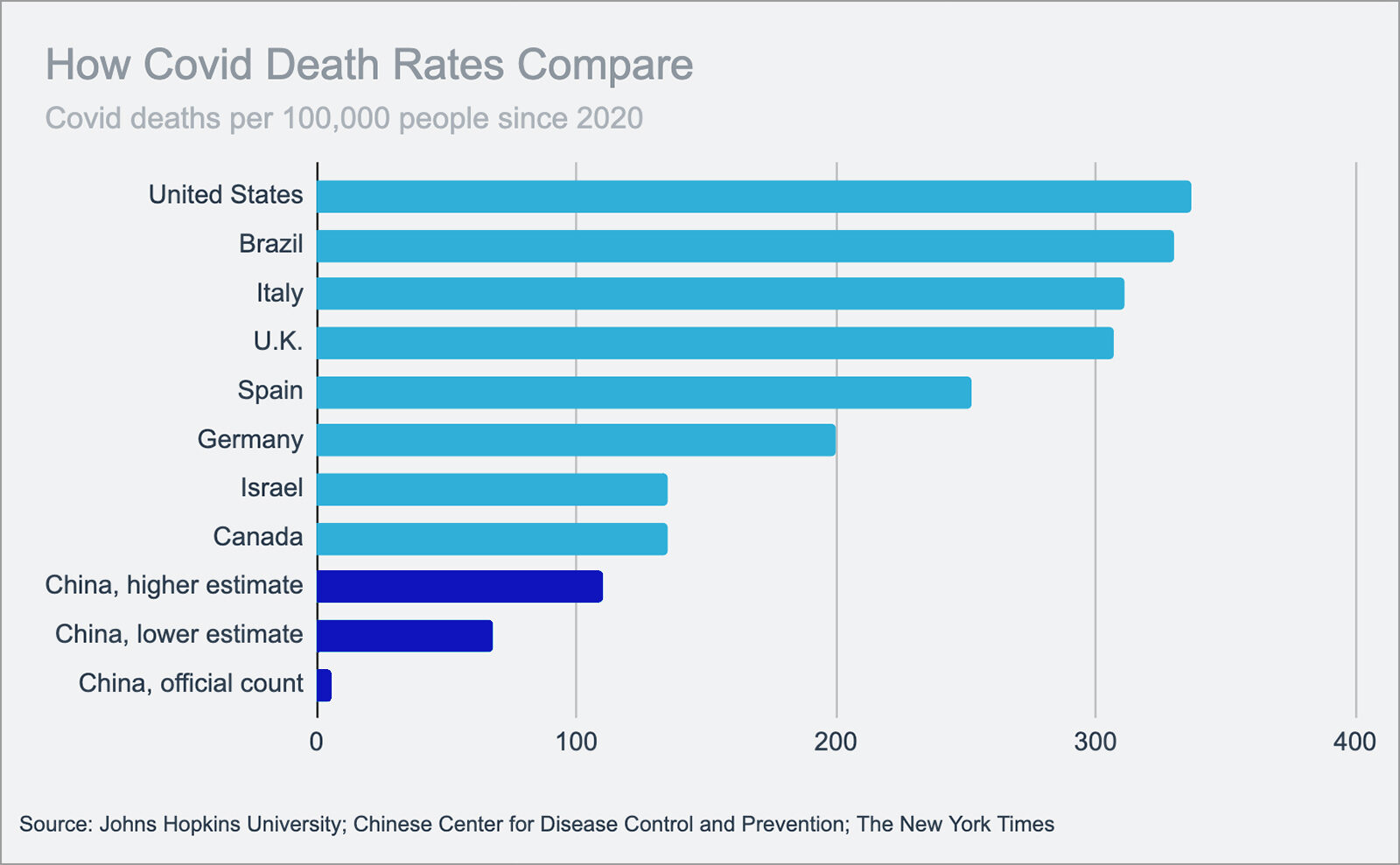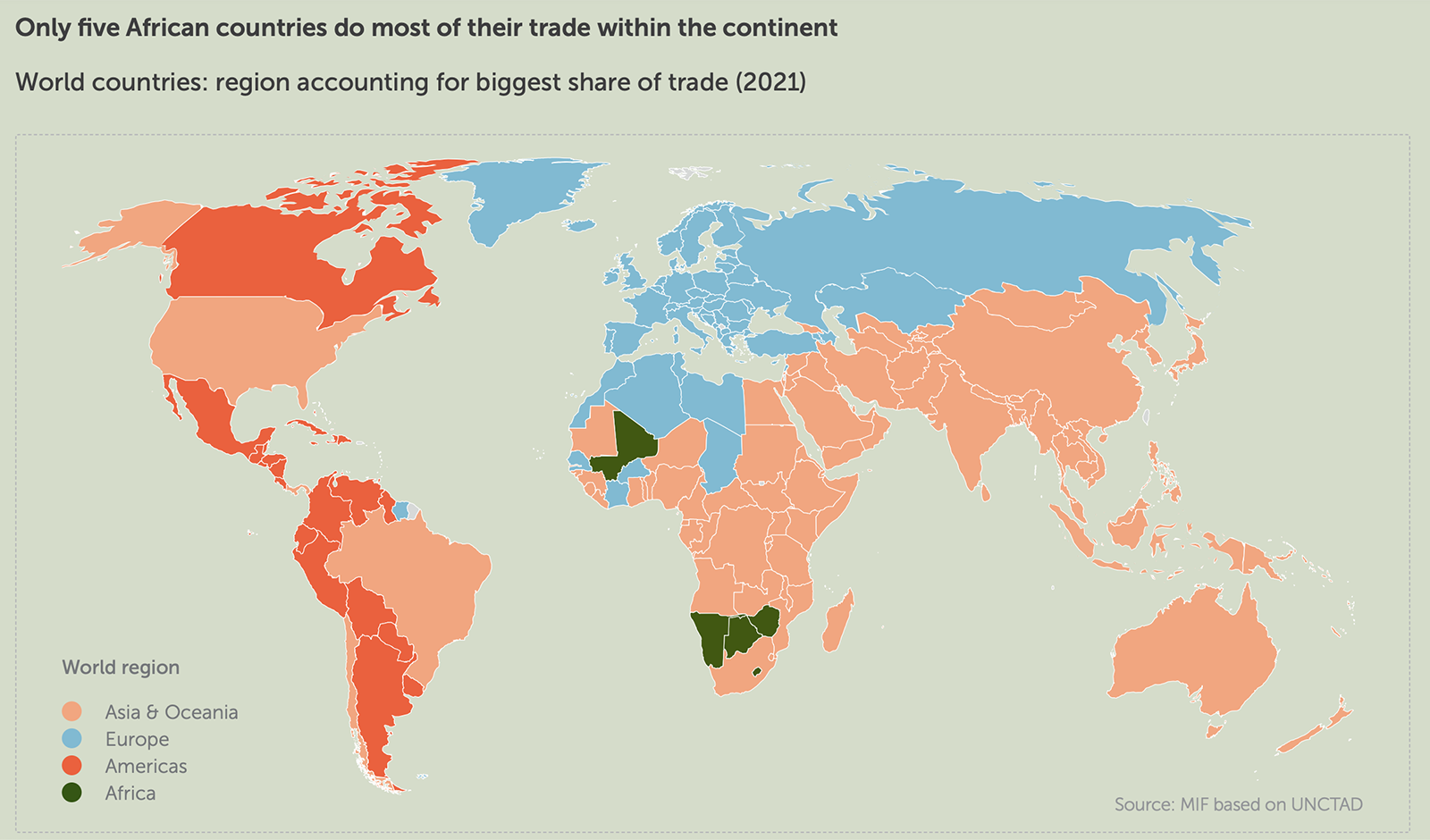Wage Gap Between Men and Women Narrows in US As Employers Push for Social Skills
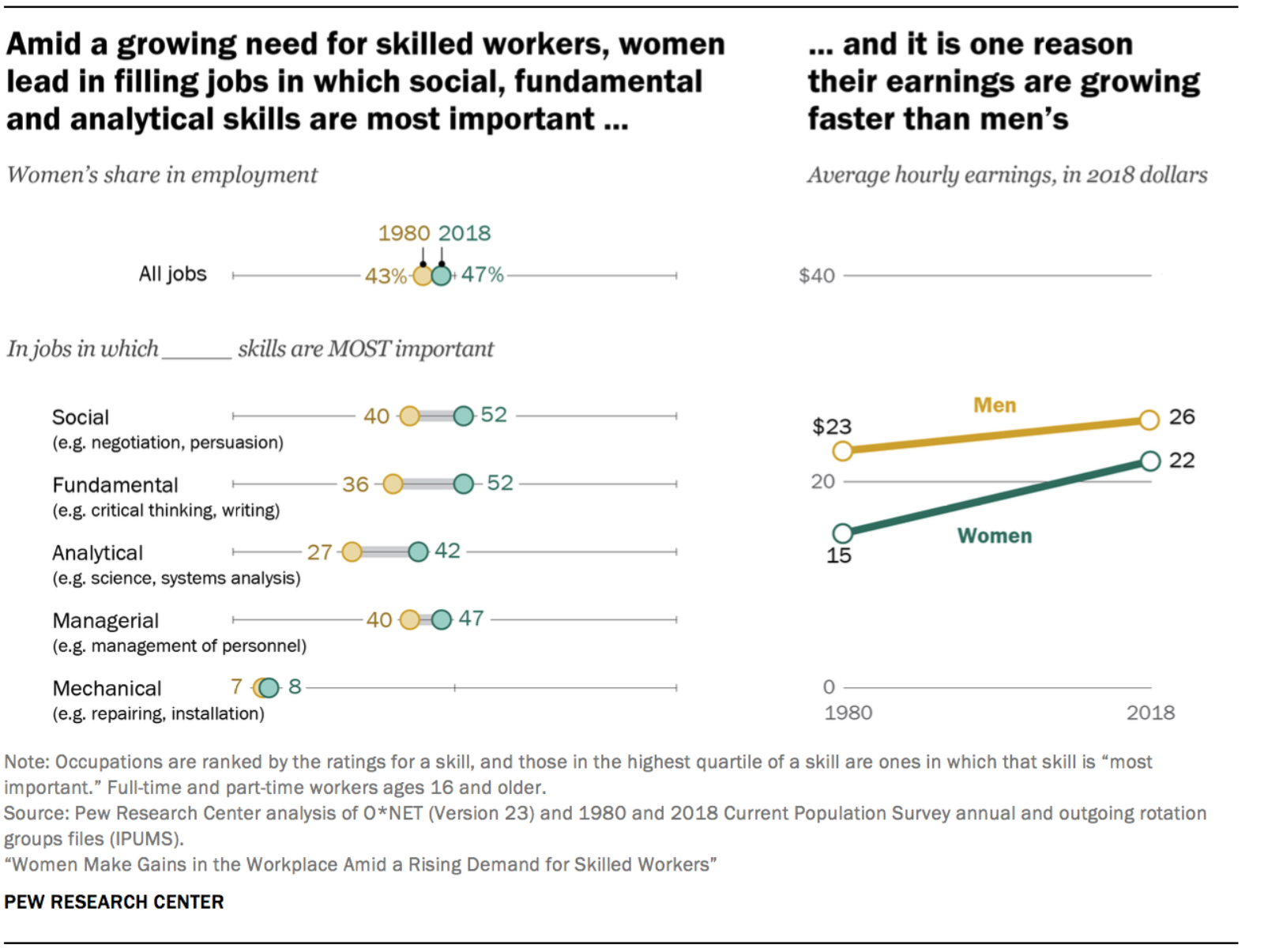
Source: Pew Research Center
The wage gap between men and women has narrowed over the past three decades, in part due to greater female employment in fields requiring social, fundamental and analytical skills.
A new Pew Research analysis says, “the earnings of women as a ratio of the earnings of men increased from 0.67 to 0.85” between 1980 and 2018. Women are increasingly filling jobs that require negotiation, persuasion and critical and analytical thinking. “Women currently hold an edge over men in certain skills and in schooling,” the analysis reads.
The inclusion of more women in highly skilled roles is reflected by a rapid growth in jobs demanding social and fundamental skills. “From 1980 to 2018, overall employment more than doubled in jobs where social and fundamental skills are most important, by 111% and 104%, respectively.” This trend is expected to continue with jobs requiring “people skills” topping the most-in-demand jobs on LinkedIn for 2020.


